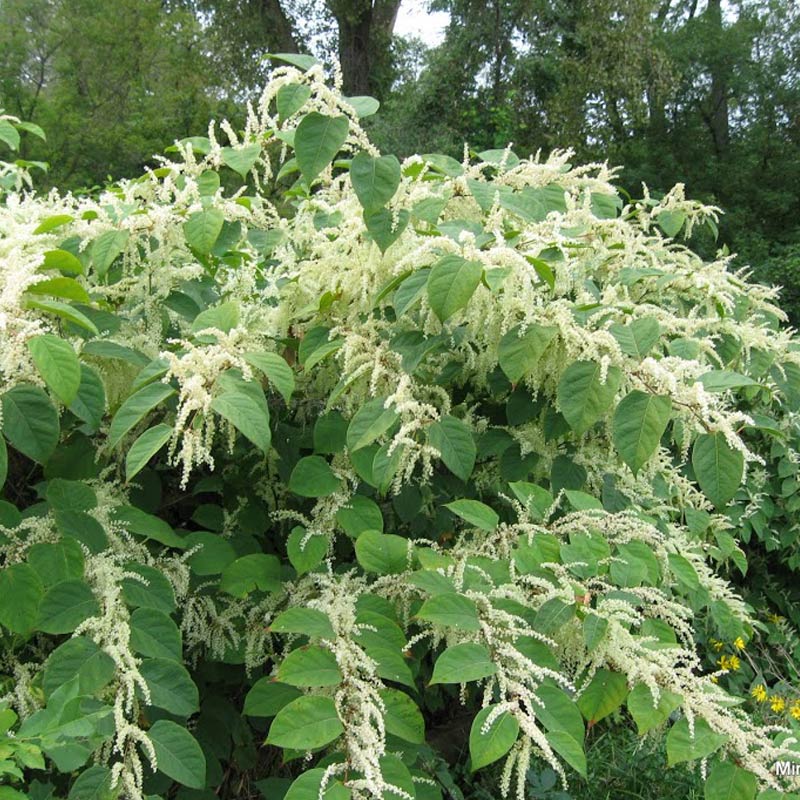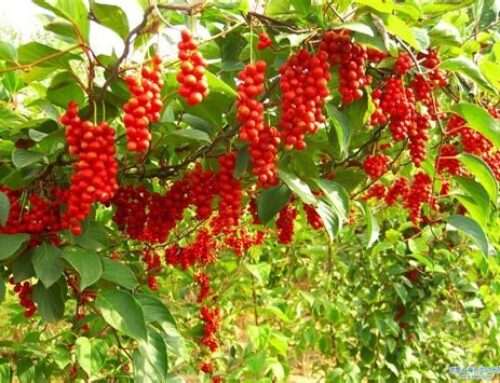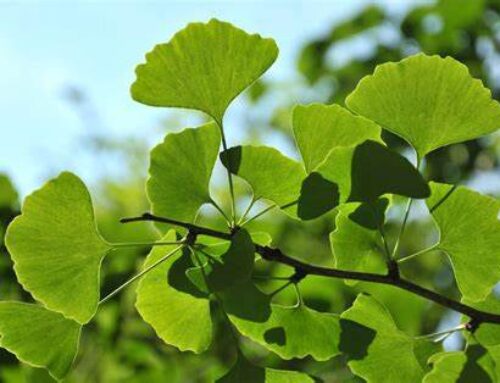- Modulates and enhances immune function
- Anti-inflammatory for both arthritic and bacterial inflammations
- Protects the body against endotoxin damage
- Enhances blood flow, especially to the eyes, heart, skin, and joints
- Useful in Lyme protocols and its co-infections
Japanese Knotweed, Fallopia japonica
Native to China, North and South Korea and Japan, Japanese Knotweed was brought to the U.S. as an ornamental plant and has since taken over many of our waterway banks. While considered invasive, it is also a wild spring edible and has many medicinal properties, and is especially known for its ability to support those with Lyme Disease.
Lyme Disease is complex to treat and an experienced herbalist is recommended for those working on Lyme protocols, especially as our understanding of it is constantly evolving. A broadly systemic plant, Japanese knotweed root modulates and enhances immune function, is anti-inflammatory for both arthritic and bacterial inflammations and protects the body against endotoxin damage. It enhances blood flow, especially to the eyes, heart, skin, and joints. This makes it especially useful in Lyme and its co-infections as it facilitates blood flow to the areas that are difficult to reach to kill the organisms. The plant’s compounds easily move across the gastrointestinal mucosa and circulate in the bloodstream.
It is an excellent source of Vitamins A and C and contains potassium, zinc, phosphorus and manganese. It has been used for centuries in its native countries for treating many ailments, such as respiratory infections. Knotweed also contains amounts of resveratrol, which can be used to reduce cholesterol.
Japanese knotweed is an excellent source of resveratrol, the chemical compound found in grapes–except Japanese knotweed contains high concentrations of trans-resveratrol, the active form of the compound most useful to the body. Japanese knotweed is quickly becoming the preferred source of resveratrol.
Lyme disease treatment: 2 herbal compounds may beat antibiotics
Lyme disease — transmitted via tick bite — affects thousands of people in the United States and around the world. Currently, doctors use antibiotics to treat it.
Lyme disease is an infectious disease caused by the bacterium Borrelia burgdorferi (B. burgdorferi).
The disease spreads to humans through the bite of a tick that carries the bacterium, and it affects an estimated 300,000 people each year in the U.S. alone.
Currently, healthcare professionals choose between three antibiotics in the treatment of Lyme disease. These are doxycycline, cefuroxime, and amoxicillin.
Sometimes, however, antibiotics are not effective in eradicating all traces of B. burgdorferi from the system, which means that the disease can persist. When this happens, bacterial cells that have developed antibiotic resistance can continue to proliferate. These are known as persister cells.
Because of this, researchers have been looking into alternative modes of fighting the bacterium, and their first line of inquiry has focused on natural remedies. In 2018, an in vitro (in culture cells) study suggested that 10 plant-derived essential oils could help fight off B. burgdorferi. Now, researchers from the Johns Hopkins Bloomberg School of Public Health in Baltimore, MD, and from the California Center for Functional Medicine and Focus Health in Berkeley, have conducted a new study that has led them to believe that two specific plants may lead to more effective therapies against Lyme disease.
“Many thousands of Lyme patients today, especially those with later-stage symptoms who have not been effectively treated, are in great need of efficacious, accessible treatment options,” notes study co-author Dr. Sunjya Schweig.
In their study — whose findings appear in the journal Frontiers in Medicine — the investigators analyzed the potential of 14 different plant extracts in killing B. burgdorferi.
They compared the results with those of two of the traditional drugs used against Lyme disease: doxycycline and cefuroxime.
The researchers pitted each of these plant extracts against free-swimming (planktonic) B. burgdorferi and microcolonies of this bacterium — aggregates of bacterial cells.
The in vitro tests suggested that extracts from seven different plants were more effective against the Lyme disease bacteria than doxycycline and cefuroxime.
The plants in question were black walnut (Juglans nigra), cat’s claw (Uncaria tomentosa), sweet wormwood (Artemisia annua), Mediterranean rockrose (Cistus incanus), Chinese skullcap (Scutellaria baicalensis), Ghanaian quinine (Cryptolepis sanguinolenta), and Japanese knotweed (Polygonum cuspidatum).
The researchers note that the ones with the highest antibacterial activity directed against B. burgdorferi were Ghanaian quinine and Japanese knotweed.
The active ingredient in Ghanaian quinine is an alkaloid called cryptolepine, which people have traditionally used against malaria, hepatitis, septicemia, and tuberculosis.
Japanese knotweed features an antioxidant called resveratrol. Some studies have suggested that resveratrol may have anticancer properties, and may protect heart and brain health.
“This study provides the first convincing evidence that some of the herbs used by patients, such as Cryptolepis, black walnut, sweet wormwood, cat’s claw, and Japanese knotweed, have potent activity against Lyme disease bacteria, especially the dormant persister forms, which are not killed by the current Lyme antibiotics,” says study co-author Prof. Ying Zhang.
The statements made within this website have not been evaluated by the Food and Drug Administration. These statements and the products of this company are not intended to diagnose, treat, cure or prevent any disease.





